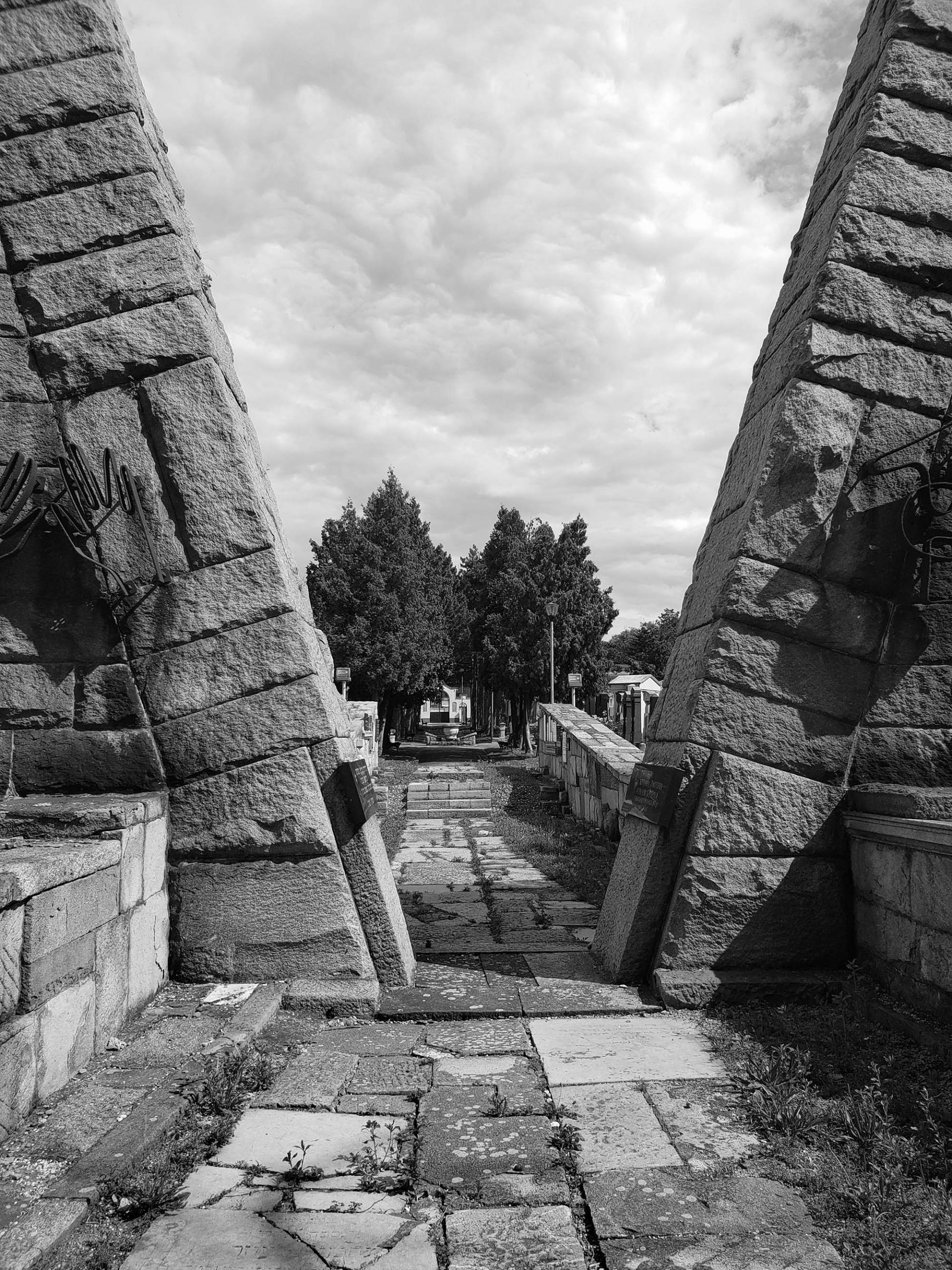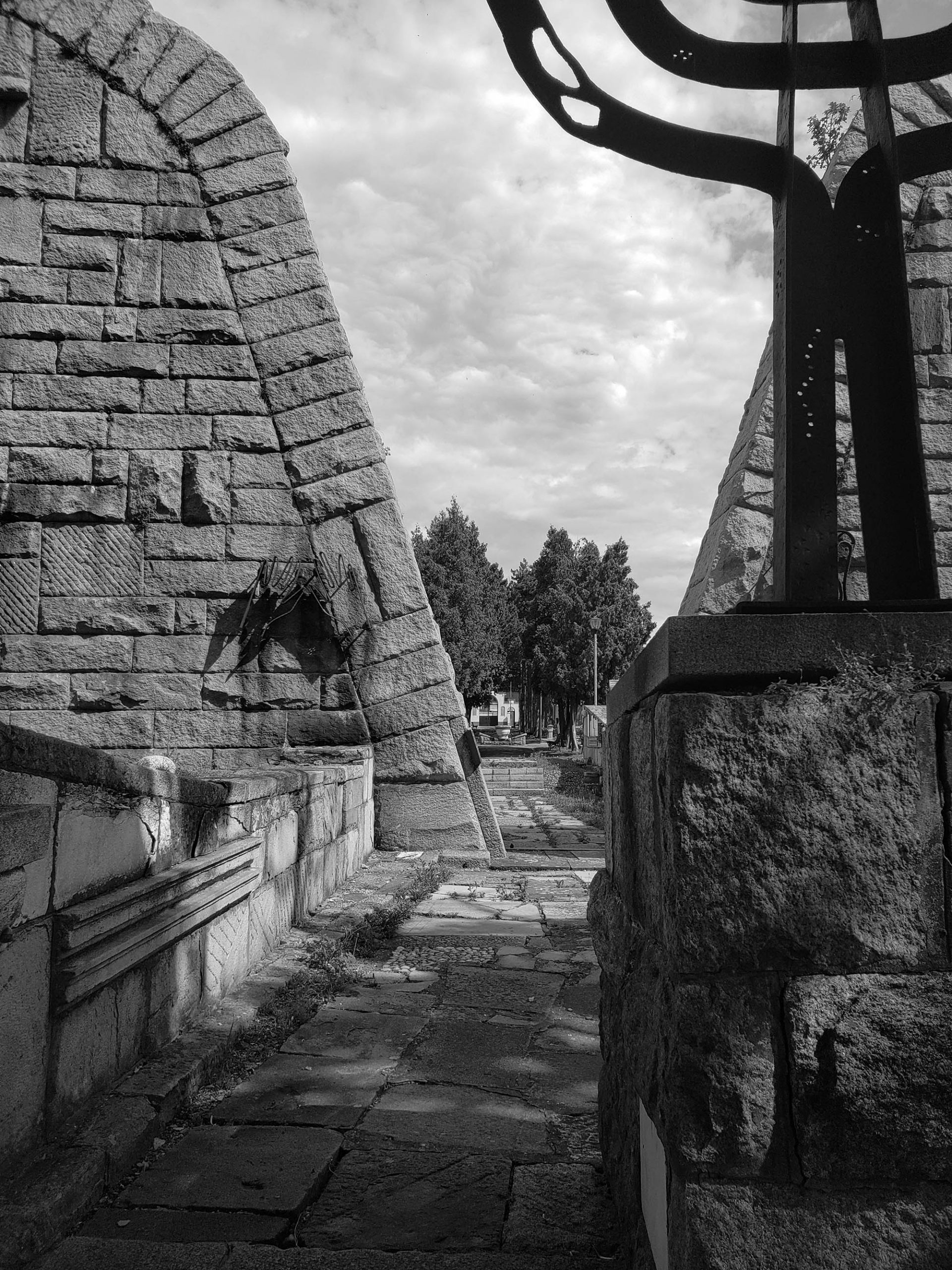I am a Chicago-based designer and student of architecture and civil engineering. Taking as a starting point the implication of architecture in language and translation, I explore text as architecture and architecture as text. I work in the forms of digital drawing, narrative writing, and performance. In December 2020, I was featured in Time to See, a virtual performance festival at SAIC.
Encounter engages the work of architect, urbanist, and essayist Bogdan Bogdanović in a speculative, collaborative dialogue which places him amongst the company of figures such as ACTUP’s Gran Fury, surrealist authors, and me, as a curious architectural student, with the aim of recovering the underpinnings of memorialization in the former Yugoslavia before its fragmentation and subsequent oblivion. Through a close reading of Bogdanović’s memoirs and essays, and study of his drawings, I map out his unique position as the state’s creative proxy as well as one of its most outspoken dissidents. Though Bogdanović completed many memorial projects, I focus on the visual material of his Memorial to the Jewish Victims of Fascism in Belgrade; it is both his first major built project and a forgotten site in my first hometown. In this memorial, Bogdanović dabbles in the language of generalization and substitution, placing a Corbusian-esque modular man in his drawing to a Balkan and Jewish audience seeking unity after WWII. But the translation falls apart – Yugoslavia is after all a federation of republics without a common figure. This staged encounter of characters argues that the texture evidenced by the encounter deserves attention in design. Instead of relating to others through apparent commonalities or by insisting we can map ourselves onto another’s experience, how can we form relation across the distance of our difference? In this vein, I am not arguing for the commonalities of my chosen conversational partners, but their relation in a complex fabric. Bogdanović eludes both figurative and abstract representations in his memorials, offering a perspective into incommensurate belonging in design which moves beyond translating these ideas to expand upon an accepted 20th century architectural canon. Following Bogdanović’s assertion that “[he] built to be able to write and wrote so that [he] could build,” I engage in Bogdanović’s whimsical writing practice to narrate into an architecture that takes the form of a video performance. By seaming pieces of personal, fictional, and historical narrative, I seek to draw focus to the texture of memorializing.


